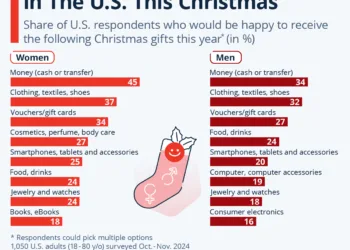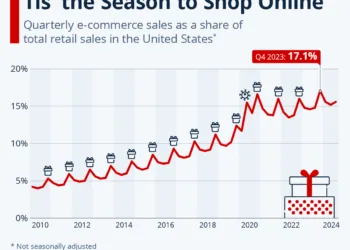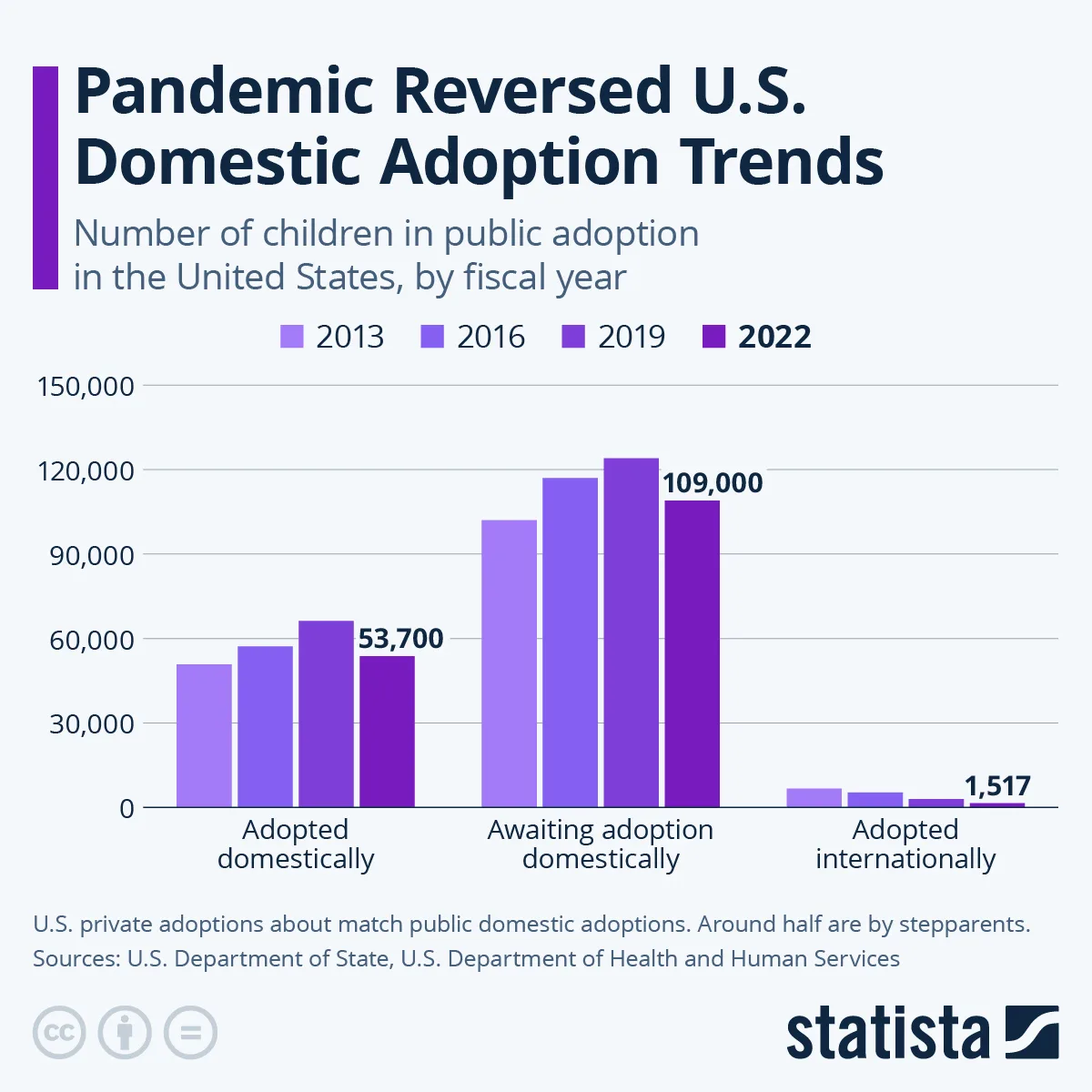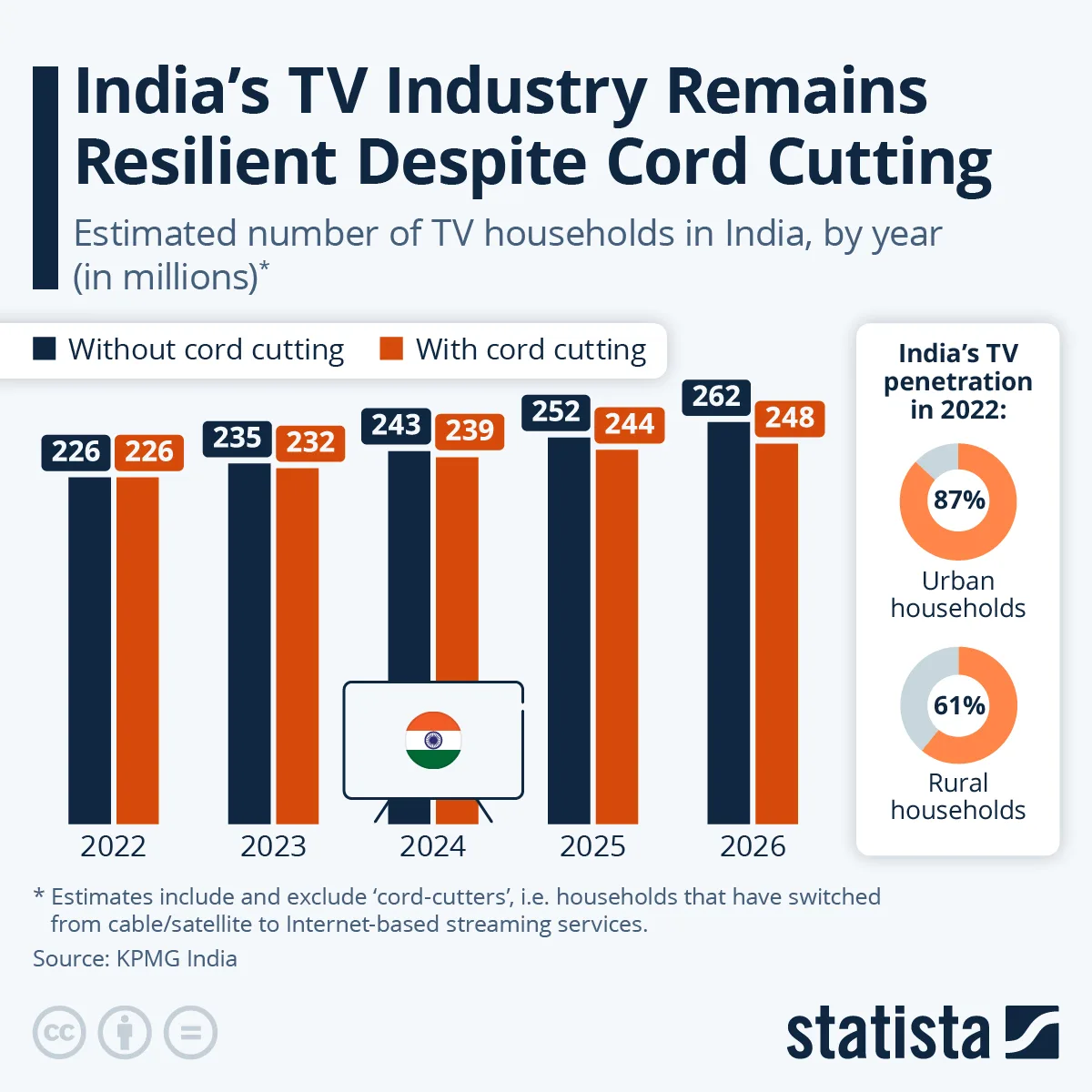It’s time to start taking Donald Trump seriously as a contender for the presidency. Betting markets indicate there’s a near 50% chance he will be elected in just four weeks.
Unlike the 2016 election, where his platform was vague, Trump has clearly outlined his intentions for a potential second term. This clarity allows for a meaningful analysis of the potential consequences of his policies.
The three key promises from Trump with the largest economic implications include:
- Deporting millions of unauthorized residents in the U.S.
- Imposing stringent tariffs on imports, particularly from China.
- Exercising presidential influence over interest rate decisions.
To best understand the ramifications of these policies, we can rely on well-established economic models, such as those utilized by the International Monetary Fund and various central banks, rather than models specifically tailored to either support or criticize Trump.
The Peterson Institute for International Economics, based in Washington, D.C., has conducted an analysis using these established models. They observed that throughout Trump’s first term, he largely followed through on his commitments.
Their findings suggest:
> Ironically, despite his rhetoric about forcing foreign entities to “pay up,” Trump’s proposed policies are more detrimental to the U.S. economy than they are to any other country in the world.
No nation would experience as much harm from Trump’s policies as the United States—China included, though several U.S. allies, such as Australia, would also feel significant effects, ranking as the fourth most impacted country under the worst-case scenario outlined by Trump.
Mass Deportations
Trump has consistently promised the “largest domestic deportation initiative in U.S. history,” targeting up to 20 million unauthorized immigrants, about 8.3 million of whom are believed to be part of the workforce.
He cites Operation Wetback—a program from the Eisenhower administration in 1956 that used military tactics to deport 1.3 million Mexicans—as his model.
The Peterson Institute argues that Eisenhower’s successful efforts contribute to the belief that Trump could feasibly remove 1.3 million immigrant workers. They modeled two scenarios: one where 1.3 million are deported and another with 8.3 million, both carried out over the years 2025 and 2026.
Both scenarios result in significant job losses, affecting not only immigrants but also non-immigrant employment. They would also lead to increased inflation—a situation that, although eventually stabilized, makes the U.S. a less appealing destination for investment, benefitting other nations.
The analysis shows that the difference between the lower and higher scenarios primarily lies in the extent of harm inflicted on families, businesses, and the broader economy.
Sweeping Tariff Increases
Trump’s proposal involves raising tariffs on all imported goods by 10 percentage points, even on items currently duty-free, and placing tariffs of at least 60% on imports from China. The Peterson Institute has examined the outcomes of these tariffs, considering scenarios both with and without retaliatory measures from China and other nations.
As expected, the additional tariffs would raise the cost of imports to the U.S. and also elevate prices for domestically produced items that compete with those imports. Many of these items are critical inputs for U.S. manufacturing, leading to a decline in this sector, which is likely contrary to Trump’s objectives.
The reduced volume of imports translates to less demand for foreign currency in the U.S., resulting in a stronger dollar and diminished competitiveness for U.S. exports. While the U.S. economy may initially appear solid, it would ultimately weaken, with China suffering even more acutely. Australia, due to its resource provision to China, would face similar vulnerabilities.
Undermining the Federal Reserve
Trump has suggested the possibility of increasing presidential influence over interest rates, stating that he believes he might have “a better instinct than the board of the Federal Reserve” in many situations. This could manifest in requiring the president’s consultation on rate decisions or appointing a more compliant Fed chair.
The Peterson Institute’s analysis suggests that such influence could push inflation up by two percentage points, based on patterns observed in developing nations with less central bank independence.
The predicted outcome is capital flight; while the U.S. economy may initially benefit from the Fed’s tolerance of higher inflation, it would eventually weaken, with other economies experiencing growth as a result.
Overall, when combining all these proposed measures, extreme scenarios suggest the U.S. economy could be 6.7% weaker by 2035, compared to a baseline forecast, while Australia could see a 0.2% decline. Under more moderate scenarios, the U.S. could be 1.6% weaker, with Australia’s decline at 0.06%.
Considering Alternatives
Despite its history of non-partisanship, the Peterson Institute is prepared for potential backlash. It emphasizes that the economic model used is deemed the best globally for scenario planning and was developed by Warwick McKibbin from the Australian National University.
The Institute chose to model Trump’s policies instead of those of Vice President Kamala Harris, as Trump’s proposals indicate a marked departure from current practices. Harris’s campaign has indicated she will avoid wholesale tariffs, mass deportations, and interference with the Federal Reserve’s independence—positions Trump has signaled he would pursue.
While there’s always a chance that Trump may not follow through on all his campaign pledges if elected—possibly changing course if the consequences are as damaging as projected—there’s merit in considering his stated agenda as a framework for what might lie ahead following a closely contested election.










